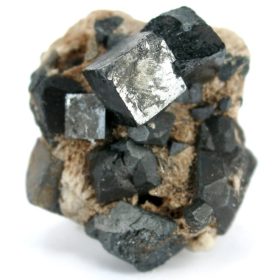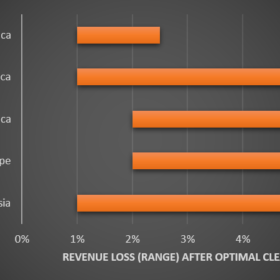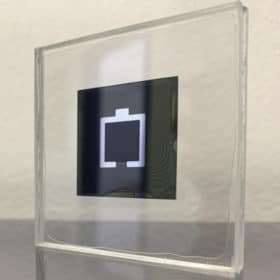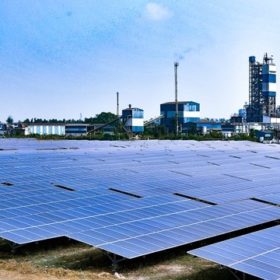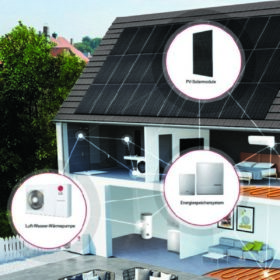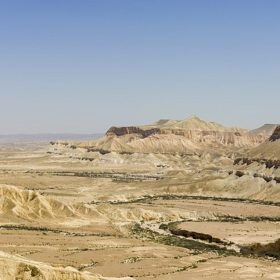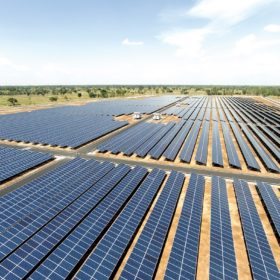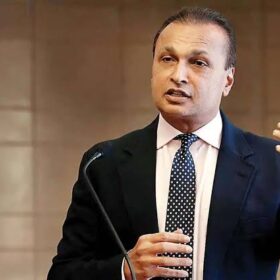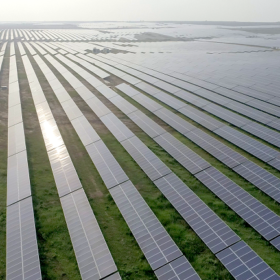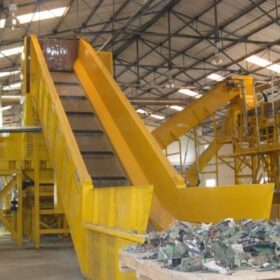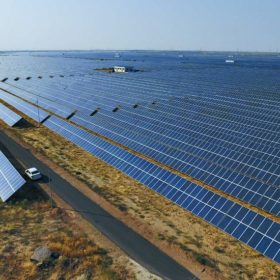Modeling the potential of lead-free perovskites
Scientists in India modeled the performance of tin-based perovskite (methylammonium tin triiodide) finding that with careful optimizations the material could achieve efficiencies beyond 28%.
New model to predict PV module cleaning cycles and resulting profits
A group of scientists in Bangladesh has developed a model to determine the optimal cleaning schedule for a PV installation at any location in the globe, requiring only the average insolation and soiling rate for a given site to make the calculation. The study also draws new conclusions regarding the influence of sandstorms and rain on soiling, and aims to be among the first studies to paint a global picture of soiling trends by region.
IIT Bombay, BHEL in race to develop high-efficiency solar cells
India’s Ministry of New and Renewable Energy is funding the research to develop high-efficiency crystalline silicon solar cells, including those with passivated emitter and rear contact structure, and perovskites.
DST to fund trans-national research in digitalization for green energy transition
February 17 is the last date to submit proposals targeting implementation, adaption, and knowledge creation of digital solutions in energy systems and networks. The projects will be funded by the Department of Science and Technology, under India’s Ministry of Science and Technology.
LG Electronics offers hybrid system combining heat pump, PV and storage
The system generates electricity and heat for residential houses and small businesses. An integrated energy management system should guarantee maximum self-consumption of the solar power produced.
Panasonic to exit solar manufacturing
The Japanese brand will continue to sell third-party-made modules under its brand in its home market, as it already does overseas, but in-house PV wafer, cell and module production will halt by the end of fiscal year 2022.
The long read: Compressed air storage to be more than just hot air in Israel
Solar-linked projects will be developed by domestic firm Augwind and will feature underground storage tanks. One of the systems will be built by French energy giant EDF and will feature a 20 MWh compressed air storage system and 5 MW solar array.
Solar system prices to rise – then fall – in 2021, with another record year anticipated
IHS Markit is predicting the world will add 30% more solar capacity this year.
Battery startup Gegadyne Energy raises INR 33.4 crore from V-Guard
The Mumbai-based battery startup develops advanced nano-material composites to enable quick-charging batteries for electric vehicle (EV), industrial storage, and consumer electronics space.
Cabinet approves India, Uzbekistan MoU on solar energy and storage
The Cabinet has approved the Memorandum of Understanding between the National Institute of Solar Energy, under India’s Ministry of New and Renewable Energy, and Uzbekistan’s International Solar Energy Institute for cooperation in the field of solar energy and storage technologies.
